 page i General, Organic, & Biological CHEMISTRY Fifth Edition Janice Gorzynski Smith University of Hawaii at Ma-noa
page i General, Organic, & Biological CHEMISTRY Fifth Edition Janice Gorzynski Smith University of Hawaii at Ma-noa 
 GENERAL, ORGANIC, & BIOLOGICAL CHEMISTRY Published by McGraw Hill LLC, 1325 Avenue of the Americas, New York, NY 10121. Copyright 2022 by McGraw Hill LLC. All rights reserved. Printed in the United States of America. Previous editions 2019, 2016, and 2013. No part of this publication may be reproduced or distributed in any form or by any means, or stored in a database or retrieval system, without the prior written consent of McGraw Hill LLC, including, but not limited to, in any network or other electronic storage or transmission, or broadcast for distance learning.
GENERAL, ORGANIC, & BIOLOGICAL CHEMISTRY Published by McGraw Hill LLC, 1325 Avenue of the Americas, New York, NY 10121. Copyright 2022 by McGraw Hill LLC. All rights reserved. Printed in the United States of America. Previous editions 2019, 2016, and 2013. No part of this publication may be reproduced or distributed in any form or by any means, or stored in a database or retrieval system, without the prior written consent of McGraw Hill LLC, including, but not limited to, in any network or other electronic storage or transmission, or broadcast for distance learning.
Some ancillaries, including electronic and print components, may not be available to customers outside the United States. This book is printed on acid-free paper. 1 2 3 4 5 6 7 8 9 LWI 24 23 22 21 ISBN 978-1-264-64741-5 MHID 1-264-64741-7 Cover Image: Douglas Klug/Getty Images All credits appearing on page or at the end of the book are considered to be an extension of the copyright page. The Internet addresses listed in the text were accurate at the time of publication. The inclusion of a website does not indicate an endorsement by the authors or McGraw Hill LLC, and McGraw Hill LLC does not guarantee the accuracy of the information presented at these sites. mheducation.com/highered page iii About the Author  Daniel C.
Daniel C.
Smith Janice Gorzynski Smith was born in Schenectady, New York. She received an A.B. degree summa cum laude in chemistry at Cornell University and a Ph.D. in Organic Chemistry from Harvard University under the direction of Nobel Laureate E. J. Corey.
During her tenure with the Corey group, she completed the total synthesis of the plant growth hormone gibberellic acid. Following her postdoctoral work, Jan joined the faculty of Mount Holyoke College where she was employed for 21 years. During this time she was active in teaching chemistry lecture and lab courses, conducting a research program in organic synthesis, and serving as department chair. Her organic chemistry class was named one of Mount Holyokes Dont-miss courses in a survey by Boston magazine. After spending two sabbaticals amidst the natural beauty and diversity in Hawaii in the 1990s, Jan and her family moved there permanently in 2000. Most recently, she has served as a faculty member at the University of Hawaii at Mnoa.
In 2003, she received the Chancellors Citation for Meritorious Teaching. Jan resides in Hawaii with her husband Dan, an emergency medicine physician, pictured with her hiking in Laos in 2019. She has four children and nine grandchildren. When not teaching, writing, or enjoying her family, Jan bikes, hikes, snorkels, and scuba dives in sunny Hawaii, and time permitting, enjoys travel and Hawaiian quilting. D edicated to my family, especially Max, Oliver, Alijah, Koa, Logan, Elliott, Penelope, Otis, and Isabelle About the cover Giant kelp, a type of marine algae that grows in dense forests in cold ocean waters, is a source of atmospheric chloromethane (CHCl), a simple organic compound that contains the halogen chlorine. Chloromethane, a colorless gas with a faint odor, is also formed in forests by wood-rotting fungi and is released during volcanic eruptions.
Because it is a key compound in the manufacture of polymers and drugs, chloromethane is extensively produced by the chemical industry, but most of the chloromethane in the atmosphere is natural in origin. In General, Organic, & Biological Chemistry, we learn about the chemical properties of compounds like chloromethane. page iv Brief Contents Available online only in McGraw-Hill Connect and Create TM 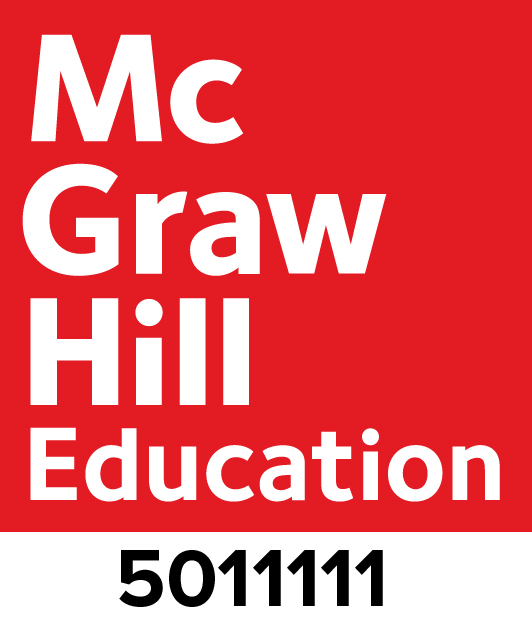 page v Contents
page v Contents  Daniel C. Smith
Daniel C. Smith 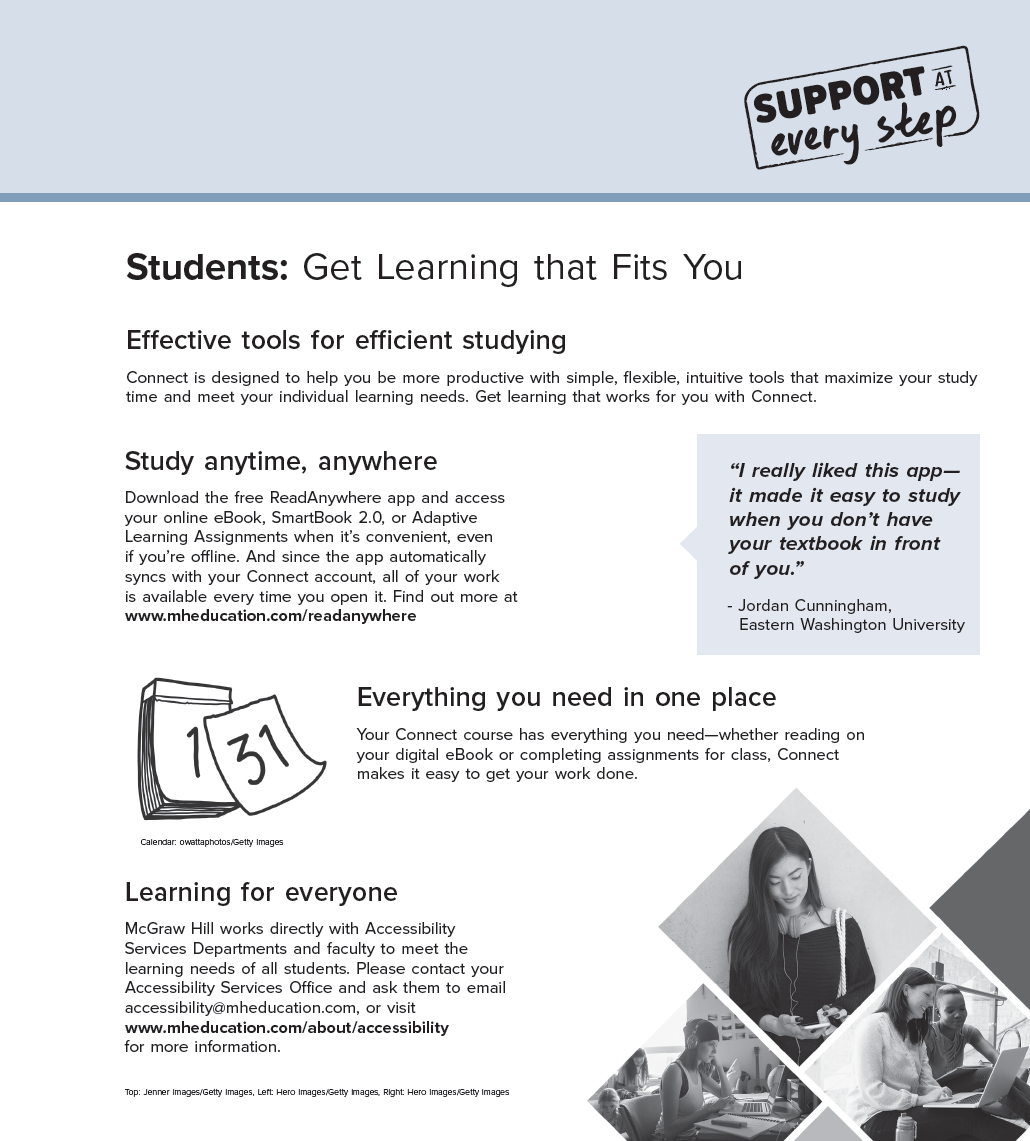 Daniel C. Smith page vi
Daniel C. Smith page vi 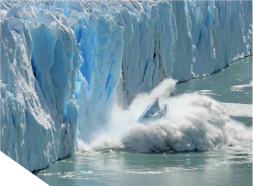 Mark Dierker/McGraw-Hill
Mark Dierker/McGraw-Hill 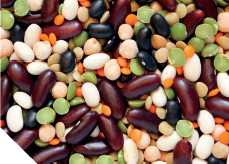 Buttchi 3 Sha Life/Shutterstock page vii
Buttchi 3 Sha Life/Shutterstock page vii  Jill Braaten page viii
Jill Braaten page viii 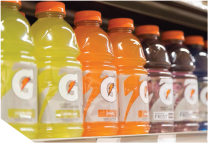 Smereka/Shutterstock
Smereka/Shutterstock 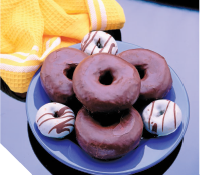 Daniel C. Smith page ix
Daniel C. Smith page ix  Science Photo Library/Alamy Stock Photo page x
Science Photo Library/Alamy Stock Photo page x  Mark Dierker/McGraw-Hill
Mark Dierker/McGraw-Hill  ClarkandCompany/Getty Images page xi
ClarkandCompany/Getty Images page xi 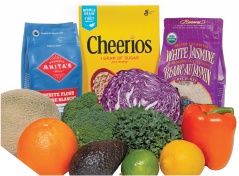 Kzenon/Alamy stock Photo
Kzenon/Alamy stock Photo  Daniel C.
Daniel C.
Smith page xii  Hin255/iStock/Getty Images page xiii
Hin255/iStock/Getty Images page xiii 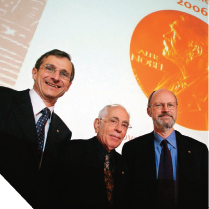 Ed Reschke
Ed Reschke  PeskyMonkey/Getty Images page xiv
PeskyMonkey/Getty Images page xiv  Alessandro0770/Getty Images
Alessandro0770/Getty Images  Likit Supasai/Shutterstock page xv
Likit Supasai/Shutterstock page xv  Daniel C. Smith page xvi
Daniel C. Smith page xvi 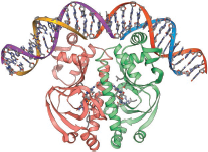 Fcafotodigital/iStock/Getty Images
Fcafotodigital/iStock/Getty Images  MaraZe/Shutterstock page xvii
MaraZe/Shutterstock page xvii 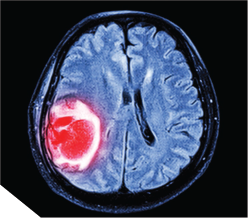 Daniel C. Smith page xviii
Daniel C. Smith page xviii 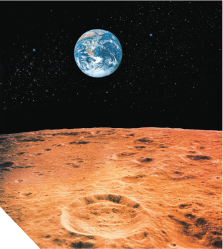 Rafe Swan/Cultura Creative/Alamy Stock Photo
Rafe Swan/Cultura Creative/Alamy Stock Photo  Luis Alvarez/Getty Images page xix
Luis Alvarez/Getty Images page xix 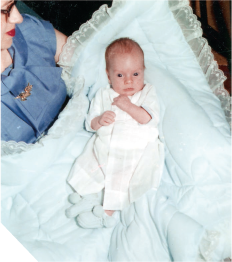 Daniel C. Smith page xx Available online only in McGraw-Hill Connect and Create TM
Daniel C. Smith page xx Available online only in McGraw-Hill Connect and Create TM 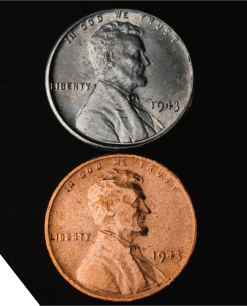 Keith Brofsky/Getty Images page xxi Preface M y goal in writing this text was to relate the fundamental concepts of general, organic, and biological chemistry to the world around us, and in this way illustrate how chemistry explains many aspects of everyday life. A key feature is the use of molecular art to illustrate and explain common phenomena we encounter every day. Each topic is broken down into small chunks of information that are more manageable and easily learned.
Keith Brofsky/Getty Images page xxi Preface M y goal in writing this text was to relate the fundamental concepts of general, organic, and biological chemistry to the world around us, and in this way illustrate how chemistry explains many aspects of everyday life. A key feature is the use of molecular art to illustrate and explain common phenomena we encounter every day. Each topic is broken down into small chunks of information that are more manageable and easily learned.
Students are given enough detail to understand basic concepts, such as how soap cleans away dirt and why trans fats are undesirable in the diet, without being overwhelmed. This textbook is written for students who have an interest in nursing, nutrition, environmental science, food science, and a wide variety of other health-related professions. The content of this book is designed for an introductory chemistry course with no chemistry prerequisite, and is suitable for either a two-semester sequence or a one-semester course. I have found that by introducing one new concept at a time, keeping the basic themes in focus, and breaking down complex problems into small pieces, many students in these chemistry courses acquire a new appreciation of both the human body and the larger world around them. The Learning System Used in General, Organic, & Biological Chemistry Writing Style A concise writing style allows students to focus on learning major concepts and themes of general, organic, and biological chemistry. Relevant materials from everyday life are used to illustrate concepts, and topics are broken into small chunks of information that are more easily learned.
Chapter Outline and Chapter Goals The chapter outline lists the main headings of the chapter to help students map out the organization of each chapters content, and the chapter goals identify the key concepts that students will learn. Chapter Review The end-of-chapter summary sections are divided into parts: Key Terms, Key Concepts, Key Equations, Key Reactions, and Key Skills, with structures and examples to illustrate important concepts and skills. Macro-to-Micro Illustrations Because todays students are visual learners, and because visualizing molecular-level representations of macroscopic phenomena is critical to the understanding of any chemistry course, many illustrations in this text include photos or drawings of everyday objects, paired with their molecular representation, to help students understand the chemistry behind ordinary occurrences. Problem Solving Sample Problems lead students through the thought process tied to successful problem solving by employing Analysis and Solution parts. Sample Problems are paired with Practice Problems to allow students to apply what they have just learned. The Practice Problems are followed by More Practice lists to point students to end-of-chapter Problems that are similar in concept.
Next page
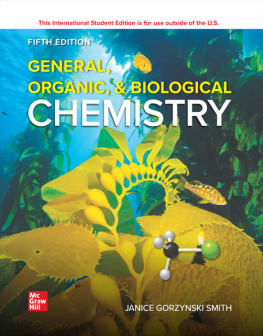
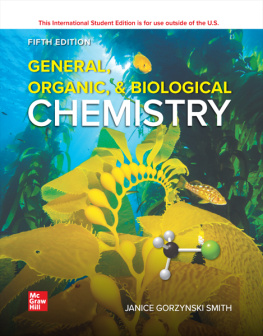

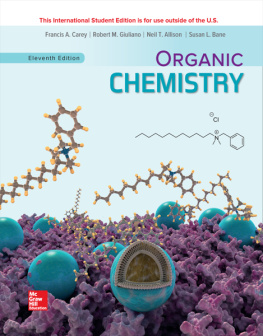
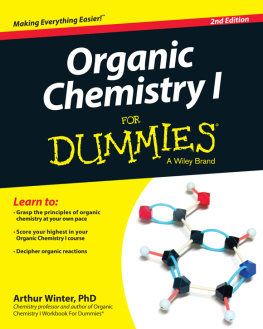
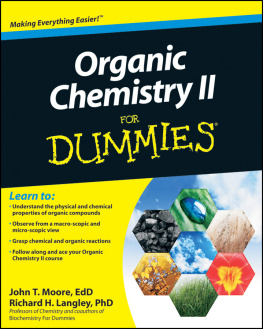
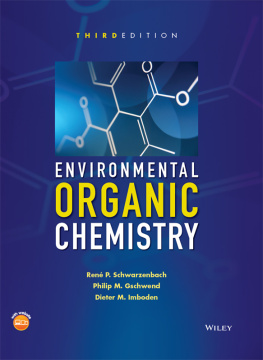
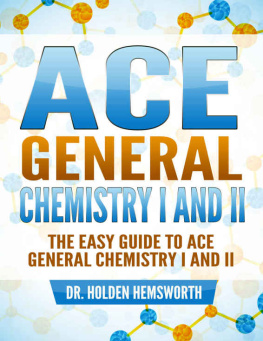
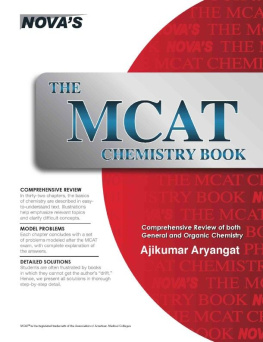
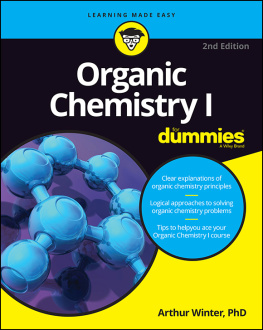

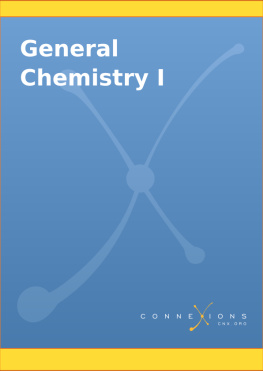
 page i General, Organic, & Biological CHEMISTRY Fifth Edition Janice Gorzynski Smith University of Hawaii at Ma-noa
page i General, Organic, & Biological CHEMISTRY Fifth Edition Janice Gorzynski Smith University of Hawaii at Ma-noa 
 GENERAL, ORGANIC, & BIOLOGICAL CHEMISTRY Published by McGraw Hill LLC, 1325 Avenue of the Americas, New York, NY 10121. Copyright 2022 by McGraw Hill LLC. All rights reserved. Printed in the United States of America. Previous editions 2019, 2016, and 2013. No part of this publication may be reproduced or distributed in any form or by any means, or stored in a database or retrieval system, without the prior written consent of McGraw Hill LLC, including, but not limited to, in any network or other electronic storage or transmission, or broadcast for distance learning.
GENERAL, ORGANIC, & BIOLOGICAL CHEMISTRY Published by McGraw Hill LLC, 1325 Avenue of the Americas, New York, NY 10121. Copyright 2022 by McGraw Hill LLC. All rights reserved. Printed in the United States of America. Previous editions 2019, 2016, and 2013. No part of this publication may be reproduced or distributed in any form or by any means, or stored in a database or retrieval system, without the prior written consent of McGraw Hill LLC, including, but not limited to, in any network or other electronic storage or transmission, or broadcast for distance learning. Daniel C.
Daniel C. page v Contents
page v Contents  Daniel C. Smith
Daniel C. Smith  Daniel C. Smith page vi
Daniel C. Smith page vi  Mark Dierker/McGraw-Hill
Mark Dierker/McGraw-Hill  Buttchi 3 Sha Life/Shutterstock page vii
Buttchi 3 Sha Life/Shutterstock page vii  Jill Braaten page viii
Jill Braaten page viii  Smereka/Shutterstock
Smereka/Shutterstock  Daniel C. Smith page ix
Daniel C. Smith page ix  Science Photo Library/Alamy Stock Photo page x
Science Photo Library/Alamy Stock Photo page x  Mark Dierker/McGraw-Hill
Mark Dierker/McGraw-Hill  ClarkandCompany/Getty Images page xi
ClarkandCompany/Getty Images page xi  Kzenon/Alamy stock Photo
Kzenon/Alamy stock Photo  Daniel C.
Daniel C. Hin255/iStock/Getty Images page xiii
Hin255/iStock/Getty Images page xiii  Ed Reschke
Ed Reschke  PeskyMonkey/Getty Images page xiv
PeskyMonkey/Getty Images page xiv  Alessandro0770/Getty Images
Alessandro0770/Getty Images  Likit Supasai/Shutterstock page xv
Likit Supasai/Shutterstock page xv  Daniel C. Smith page xvi
Daniel C. Smith page xvi  Fcafotodigital/iStock/Getty Images
Fcafotodigital/iStock/Getty Images  MaraZe/Shutterstock page xvii
MaraZe/Shutterstock page xvii  Daniel C. Smith page xviii
Daniel C. Smith page xviii  Rafe Swan/Cultura Creative/Alamy Stock Photo
Rafe Swan/Cultura Creative/Alamy Stock Photo  Luis Alvarez/Getty Images page xix
Luis Alvarez/Getty Images page xix  Daniel C. Smith page xx Available online only in McGraw-Hill Connect and Create TM
Daniel C. Smith page xx Available online only in McGraw-Hill Connect and Create TM  Keith Brofsky/Getty Images page xxi Preface M y goal in writing this text was to relate the fundamental concepts of general, organic, and biological chemistry to the world around us, and in this way illustrate how chemistry explains many aspects of everyday life. A key feature is the use of molecular art to illustrate and explain common phenomena we encounter every day. Each topic is broken down into small chunks of information that are more manageable and easily learned.
Keith Brofsky/Getty Images page xxi Preface M y goal in writing this text was to relate the fundamental concepts of general, organic, and biological chemistry to the world around us, and in this way illustrate how chemistry explains many aspects of everyday life. A key feature is the use of molecular art to illustrate and explain common phenomena we encounter every day. Each topic is broken down into small chunks of information that are more manageable and easily learned.